WWs: WWII Weapons and Technologies
5.0(5)
5.0(5)
Card Sorting
1/14
Earn XP
Description and Tags
Study Analytics
Name | Mastery | Learn | Test | Matching | Spaced |
|---|
No study sessions yet.
15 Terms
1
New cards
B-17 Bomber
Flying Fortress. American heavy bomber with four engines and a crew of 10 men.
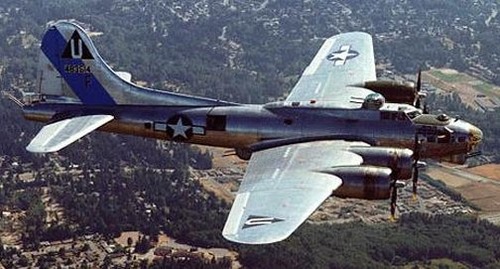
2
New cards
Panzerfaust
-"tank fist" anti- tank weapon that could be manned by a single person. SIngle shot.
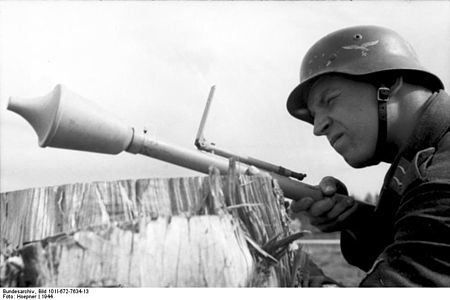
3
New cards
Me-262
First operational jet. German. 600 mph, 10 min of fuel. Faster and stronger than Allied fighters.
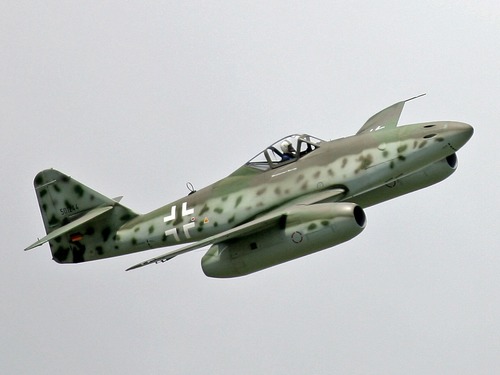
4
New cards
P-51 Mustang
Fighter that provided long-range escort to Allied bombers.
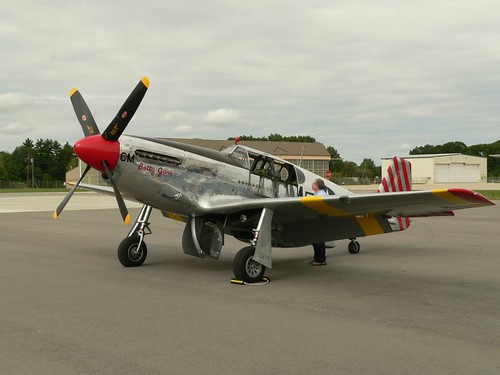
5
New cards
M1 Garand
Referred to by Gen. George S. Patton as "the greatest implement of battle ever devised," American rifle during WWII and Korea.
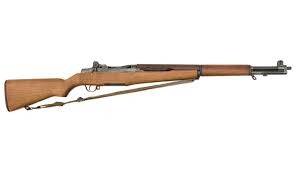
6
New cards
Iowa Class Battleships
Gigantic/powerful naval vessels. Made redundant by the evolution of airpower.
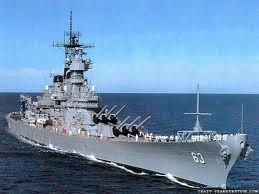
7
New cards
MG42
"Hitler's Buzzsaw". Weapon had a rate of fire around 1000 Rounds a minute.
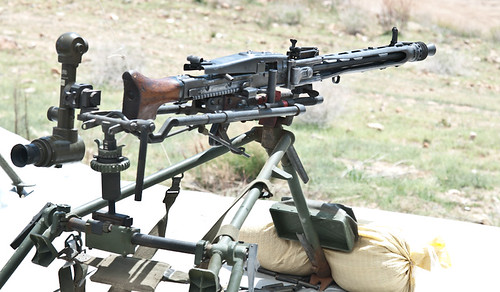
8
New cards
Norden Bombsight
A tachymetric bombsight used by the USAAF and the USN during WWII. It helped to drop bombs accurately. It featured an analog computer that constantly calculated the bomb's trajectory based on current flight conditions, and a linkage to the bomber's autopilot that let it react quickly and accurately to changes in the wind or other effects.

9
New cards
Thompson Submachine Gun
American made sub-machine gun. Nicknamed "The Chicago Typewriter" or "Trench Broom"

10
New cards
Sherman Tank
Iconic American tank that could be mass produced. Lacked the firepower and armor of Nazi tanks.
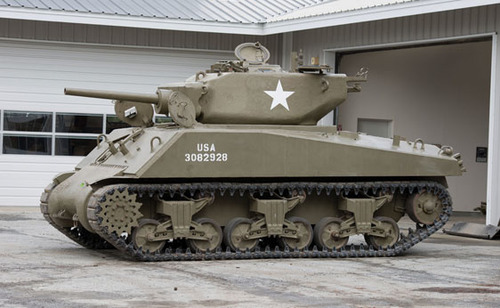
11
New cards
Tiger Tank
A German heavy tank. A notable division of these tanks was present at the Battle of Kursk. Highly engineered. It was made in response to the Soviet tanks.

12
New cards
T-34 Tank
This was the principal Soviet battle tank during World War II. It had a powerful 76-millimeter gun and thick armor that made it impenetrable to any German tank round. The Germans had no idea the tank existed until they invaded the Soviet Union in 1941.
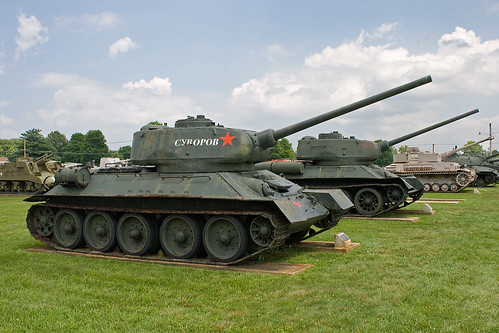
13
New cards
V2 Rocket
The first Ballistic missile, a bomb that was rocket propelled. This was developed by Germany towards the end of the war.
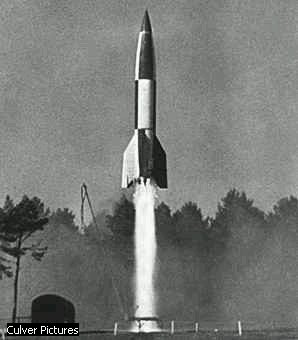
14
New cards
Essex Class Carrier
This carrier was the heart of the US Navy during WWII
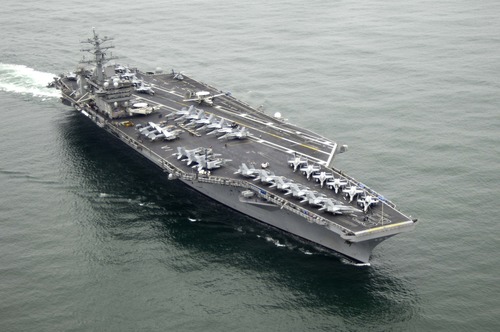
15
New cards
Little Boy & Fat Man
The names of the two atomic bombs which were dropped on Nagasaki and Hiroshima.
